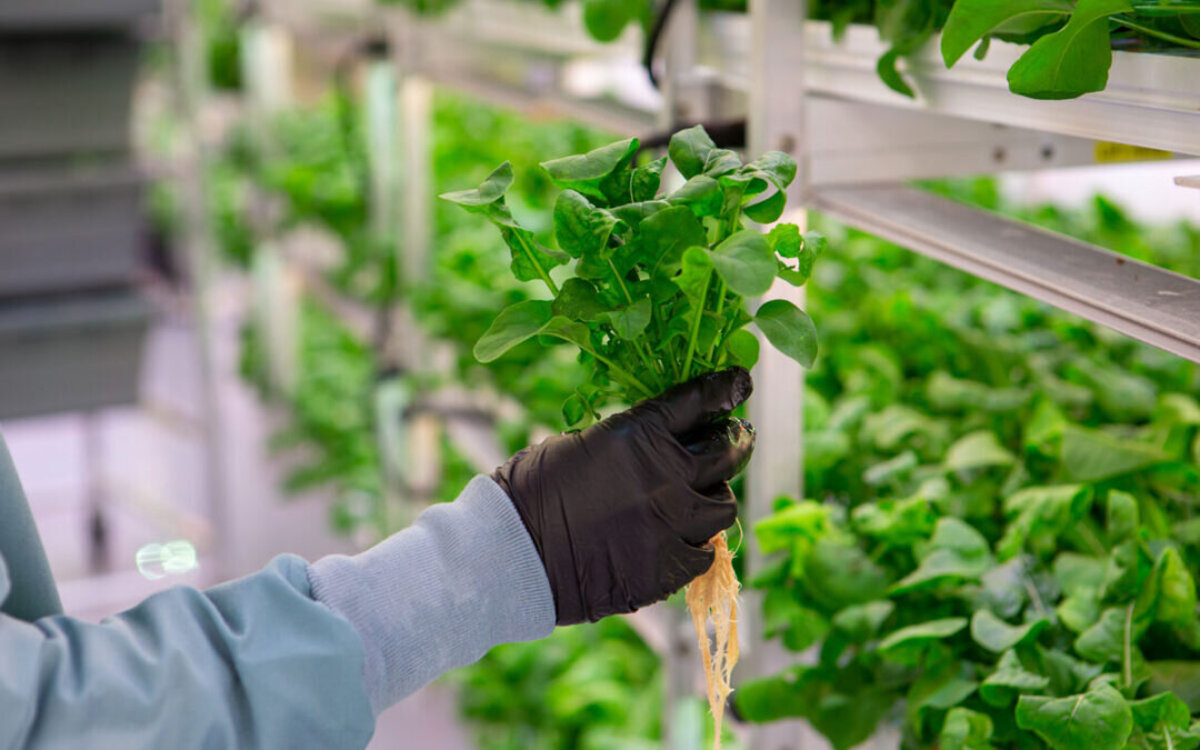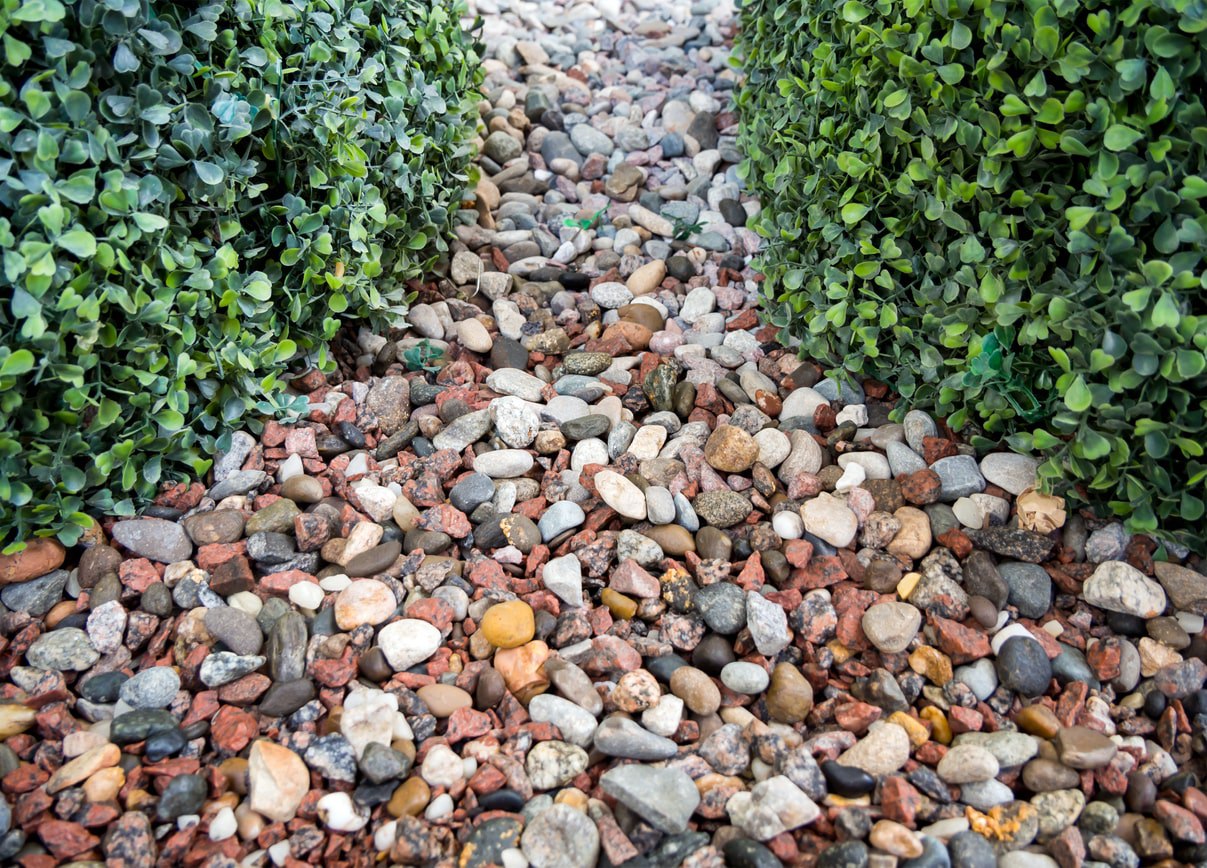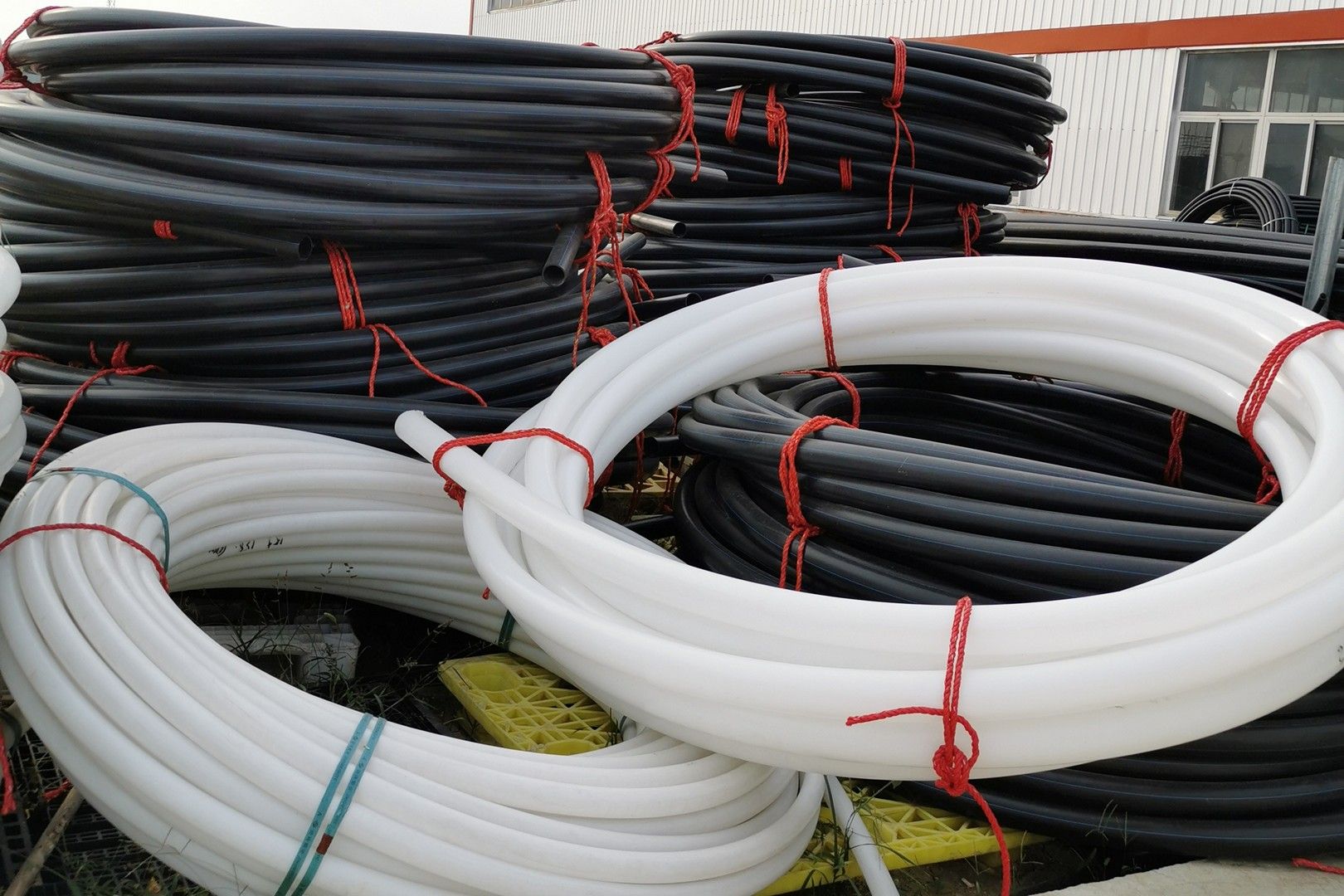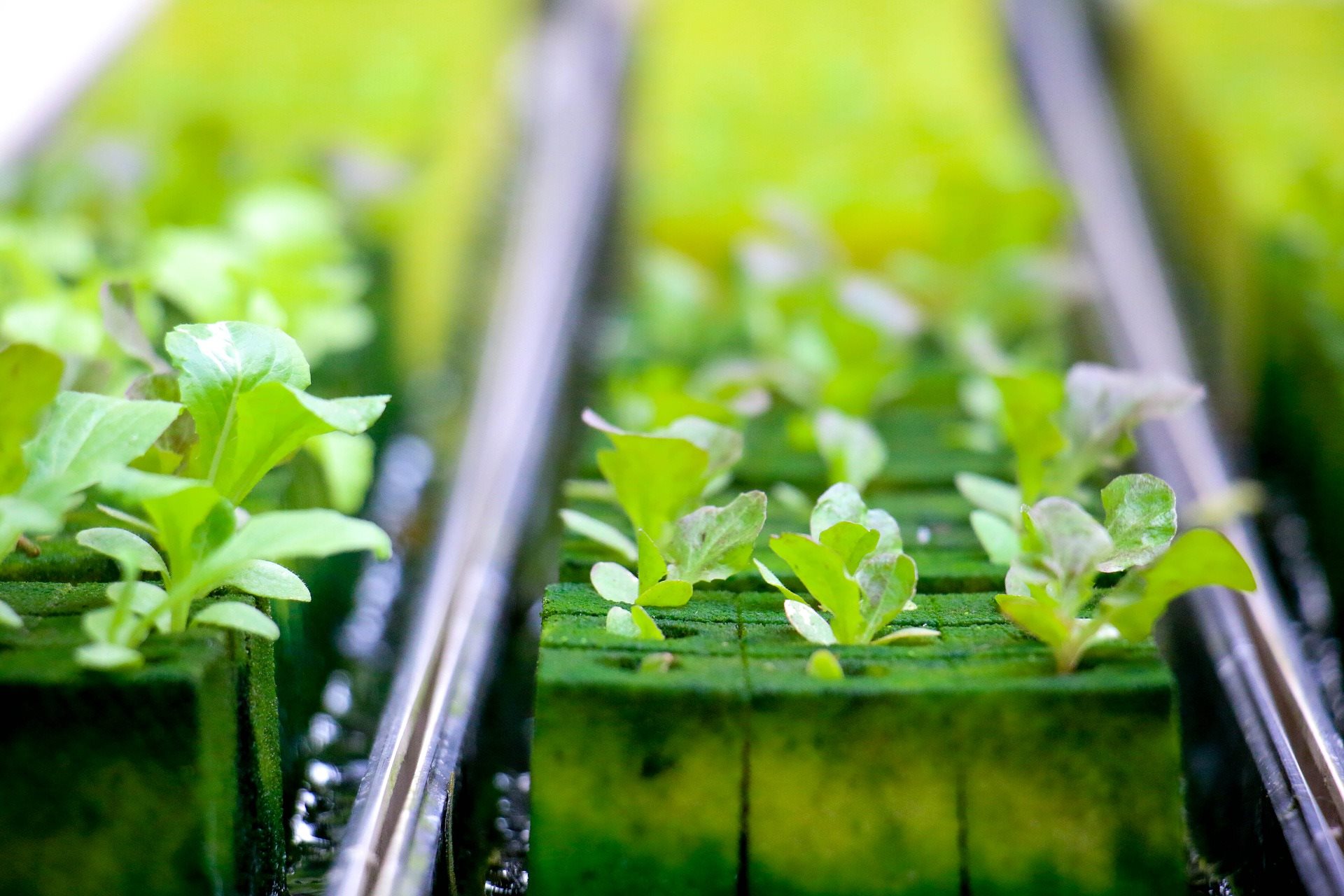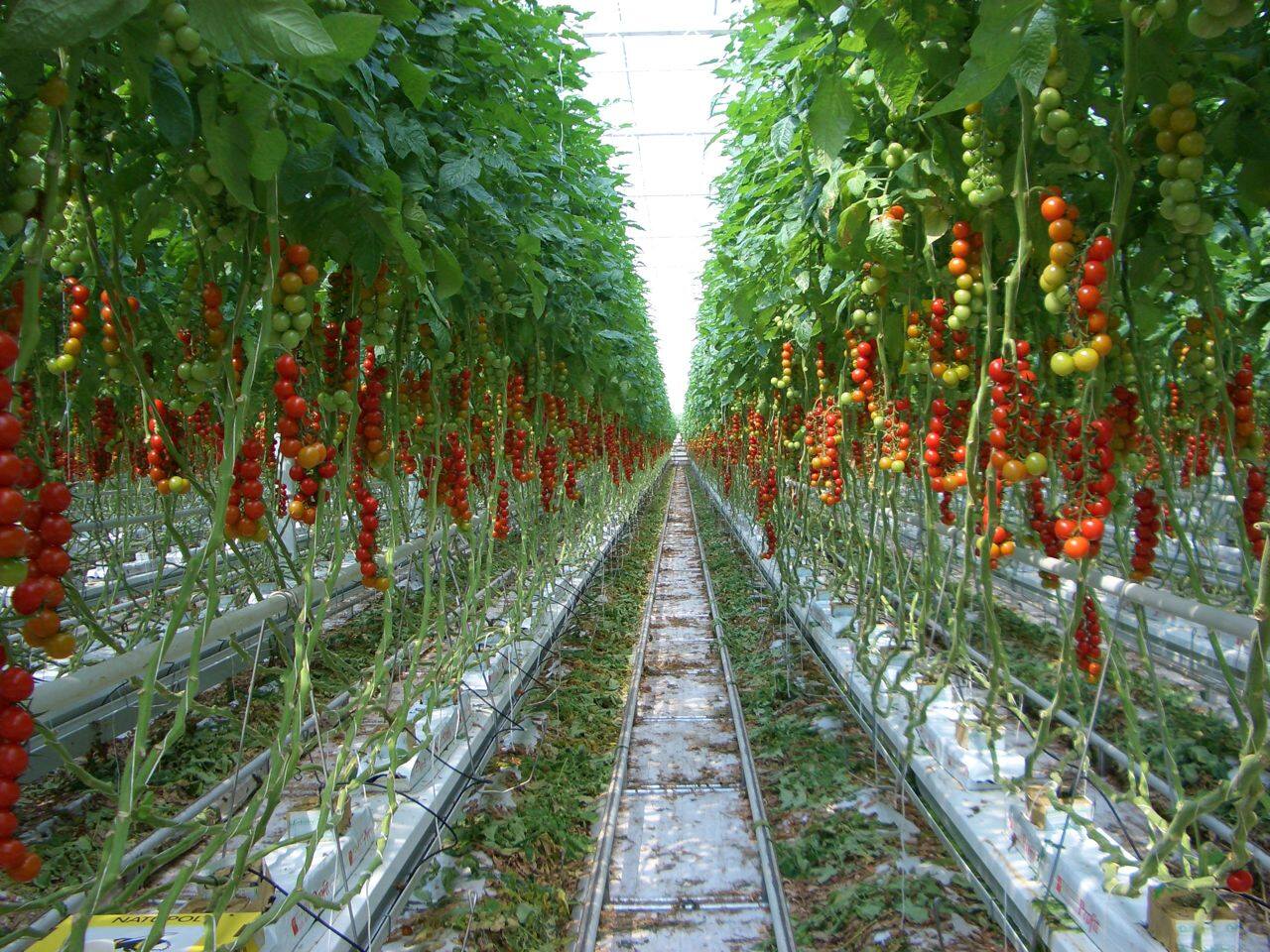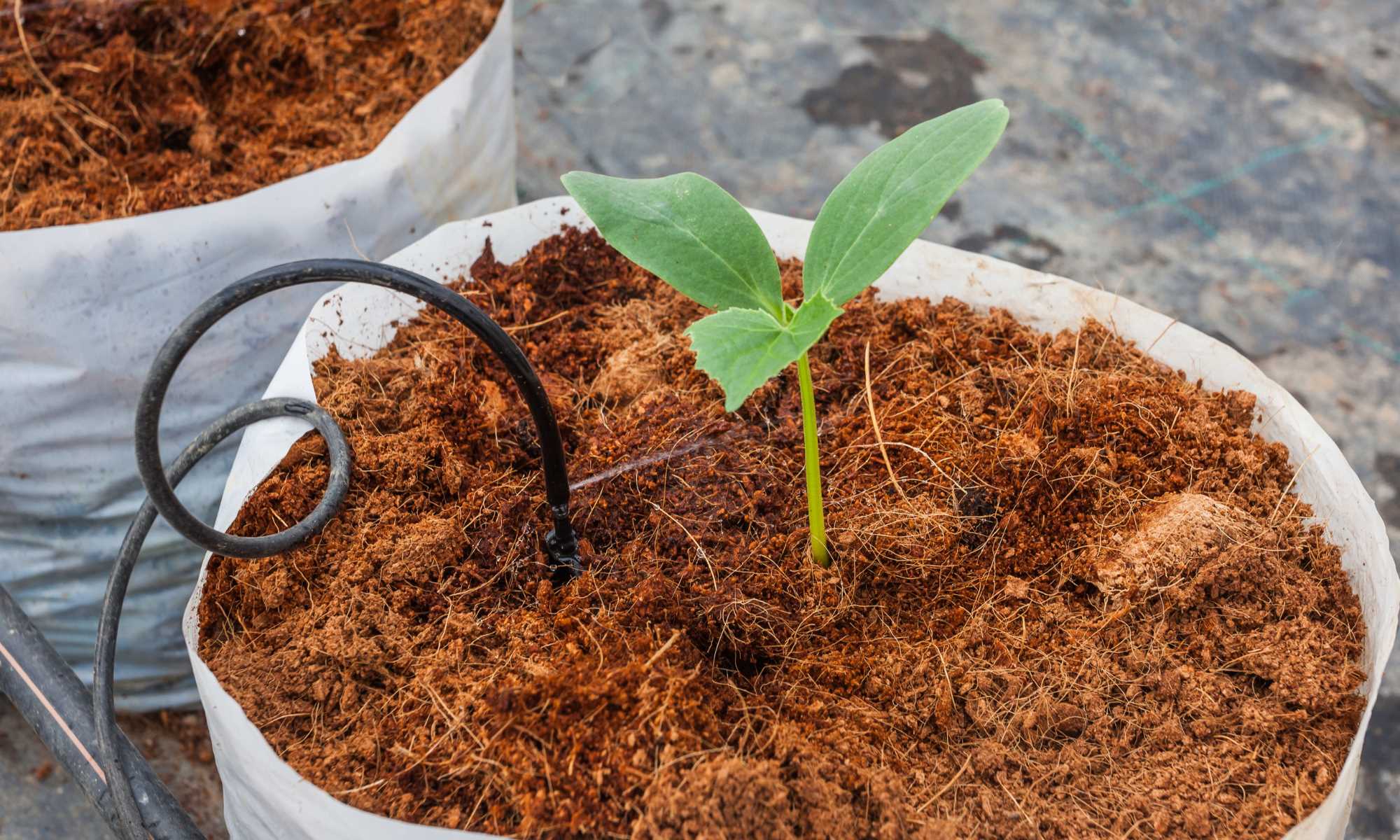Home>Gardening Tips and Tricks>Eco-Friendly Gardening>What Size Reservoir To Use For Hydroponics


Eco-Friendly Gardening
What Size Reservoir To Use For Hydroponics
Published: September 22, 2023
Discover the perfect size reservoir for hydroponics with our eco-friendly gardening tips. Optimize your nutrient solution and maximize your plant growth for a thriving hydroponic garden.
(Many of the links in this article redirect to a specific reviewed product. Your purchase of these products through affiliate links helps to generate commission for Chicagolandgardening.com, at no extra cost. Learn more)
Table of Contents
- Introduction
- Factors to Consider when Choosing the Size of Reservoir for Hydroponics
- Benefits of Using the Right Size Reservoir for Hydroponics
- Common Sizes of Reservoirs for Hydroponics
- How to Determine the Ideal Size of Reservoir for Your Hydroponic System
- Tips for Maintaining the Reservoir in Hydroponics
- Conclusion
Introduction
Welcome to the world of hydroponics, where gardening meets innovation and eco-friendliness. Hydroponics, a soil-less method of growing plants, has gained popularity in recent years due to its numerous benefits, including water conservation, increased crop yield, and the ability to grow plants in limited spaces. One essential component of a hydroponic system is the reservoir, which holds and distributes the nutrient-rich solution needed for plant growth.
Choosing the right size of reservoir is crucial for the success of your hydroponic system. It is important to strike a balance between having enough nutrient solution to sustain your plants and avoiding issues like fungal growth and nutrient imbalances. In this article, we will explore the factors to consider when selecting the size of your hydroponic reservoir, the benefits of using the right size reservoir, and some common sizes available in the market. Additionally, we will provide tips on how to determine the ideal size of reservoir for your specific hydroponic setup and offer maintenance suggestions to keep your reservoir functioning optimally.
Whether you are a beginner or an experienced hydroponic gardener, understanding the importance of choosing the correct reservoir size is key to achieving maximum plant growth and ensuring a healthy and sustainable gardening practice. So let’s dive into the world of reservoirs and explore the fascinating world of hydroponic gardening together!
Factors to Consider when Choosing the Size of Reservoir for Hydroponics
When it comes to selecting the size of your hydroponic reservoir, there are several important factors to consider. Each factor plays a crucial role in determining the optimal size that will support the growth and health of your plants. Let’s take a look at these factors:
- Plant Varieties: Different plant varieties have varying water needs. Some plants have shallow root systems and require less water, while others have deep root systems that require more. Consider the types of plants you are cultivating and their specific water requirements.
- Growth Stage: The size of the reservoir should also be determined by the growth stage of your plants. Young seedlings require less water compared to mature plants in their flowering or fruiting stage. As your plants grow, they will require more water and nutrients, so plan accordingly.
- Environmental Conditions: Environmental factors such as temperature and humidity can affect the water consumption of your plants. In hotter and drier climates, plants tend to lose more water through transpiration, so you may need a larger reservoir to compensate for the increased evaporation rate.
- System Size: The size of your hydroponic system, including the number and size of grow beds or containers, will determine the amount of water and nutrients needed. A larger system will require a larger reservoir to ensure an adequate supply of nutrients for all plants.
- Watering Frequency: Consider how often you plan to water your plants. If you are unable to tend to your garden daily, a larger reservoir will help maintain water levels for a longer period. Conversely, if you prefer frequent watering, a smaller reservoir may be sufficient.
By carefully considering these factors, you can determine the ideal size of reservoir that will meet the specific needs of your hydroponic garden. Remember, it is better to have a slightly larger reservoir than a smaller one to ensure your plants receive an ample supply of water and nutrients. Now, let’s explore the benefits of using the right size reservoir for hydroponics, shall we?
Benefits of Using the Right Size Reservoir for Hydroponics
Choosing the appropriate size of reservoir for your hydroponic system can have a significant impact on the overall success and productivity of your garden. Let’s explore the benefits of using the right size reservoir:
- Optimal Water and Nutrient Balance: When you have the correct size of reservoir, it ensures that your plants receive the right amount of water and nutrients. Too small of a reservoir may lead to water shortages and nutrient imbalances, resulting in stunted growth or nutrient deficiencies. On the other hand, a reservoir that is too large may lead to stagnant water, increasing the risk of fungal growth and root rot. The right size reservoir allows for a proper balance, promoting healthy root development and nutrient absorption.
- Consistent Watering: With the right size reservoir, you can maintain a consistent watering schedule for your plants. Adequate water availability ensures that your plants receive the necessary hydration without overwatering or under watering. This consistency helps promote even plant growth, leading to stronger and healthier plants.
- Reduced Maintenance: Having a reservoir that is sized correctly for your hydroponic system reduces the need for frequent refilling. A properly sized reservoir can hold enough water to sustain your plants for an extended period, reducing the frequency of maintenance tasks. This not only saves you time and effort but also promotes a more sustainable gardening practice by conserving water.
- Promotes Oxygenation: The size of the reservoir can impact the availability of oxygen to the plant roots. Having a properly sized reservoir ensures that there is enough space for oxygen to circulate within the nutrient solution. Adequate oxygenation of the root zone promotes healthier root development and prevents the risk of oxygen depletion, which can lead to root rot.
- Improved Crop Yield: By using the right size reservoir, you can optimize the growing conditions for your plants, leading to improved crop yield. With a balanced supply of water and nutrients, your plants can reach their full potential and produce abundant harvests.
Overall, choosing the right size reservoir for your hydroponic system is essential for creating a favorable environment for plant growth. It ensures optimal water and nutrient balance, promotes consistent watering, reduces maintenance, enhances oxygenation, and improves crop yield. Now that we understand the benefits, let’s explore some common sizes of reservoirs for hydroponics.
Common Sizes of Reservoirs for Hydroponics
When it comes to choosing a reservoir for your hydroponic system, there are several common sizes available in the market. The size you select will depend on the specific needs of your plants and the size of your hydroponic setup. Let’s take a look at some of the common sizes of reservoirs you can consider:
- Small Reservoirs: Small reservoirs typically range in size from 1 to 5 gallons (3.8 to 19 liters). These are suitable for small-scale hydroponic gardens or if you have a limited number of plants. They are often used for herb gardens or for growing smaller plants like lettuce or herbs indoors.
- Medium Reservoirs: Medium-sized reservoirs typically range from 5 to 20 gallons (19 to 76 liters). These are well-suited for larger hydroponic systems with multiple plants. They provide a sufficient water supply to support the growth of a variety of plants, including vegetables and flowering plants. Medium-sized reservoirs offer a good balance between water capacity and ease of maintenance.
- Large Reservoirs: Large reservoirs are designed for hydroponic systems with a high number of plants or larger-sized plants. They often exceed 20 gallons (76 liters) and can hold substantial amounts of water and nutrients. These reservoirs are commonly used in commercial hydroponic operations or larger-scale systems that require a consistent water supply over an extended period.
- Custom-made Reservoirs: In some cases, you may have unique requirements or space constraints that necessitate a custom-made reservoir. These can range in size depending on your specific needs and can be designed to fit into specific areas of your hydroponic setup.
Remember, the size of your reservoir should be chosen based on the factors we discussed earlier, such as the number and size of plants, their water needs, and the size of your hydroponic system. It is important to consider future growth and expansion plans when selecting the size of your reservoir to ensure it can accommodate your evolving garden needs.
Now that you have an understanding of common reservoir sizes, let’s move on to determining the ideal size of reservoir for your hydroponic system.
How to Determine the Ideal Size of Reservoir for Your Hydroponic System
Determining the ideal size of the reservoir for your hydroponic system requires careful consideration of several factors. By taking these factors into account, you can ensure that your plants have an adequate supply of water and nutrients to thrive. Here are some steps to help you determine the ideal size of reservoir for your hydroponic system:
- Calculate Water Requirements: Start by calculating the water requirements of your plants. This can be done by considering factors such as the number of plants, their water needs, and the environmental conditions. Research the specific water requirements of the plant varieties you are growing and estimate the total water consumption on a daily or weekly basis.
- Consider Nutrient Solution: In addition to water, you need to consider the volume of nutrient solution required for your plants. The concentration of nutrients in the solution and the frequency of solution changes will also impact the total volume needed. Take into account the nutrient requirements of your plants and estimate the amount of solution they will consume within a given time period.
- Assess Evaporation and Transpiration: Factor in the rate of evaporation and transpiration in your hydroponic system. This can be influenced by environmental conditions such as temperature and humidity. Higher temperatures and lower humidity levels may result in increased evaporation and transpiration rates, requiring a larger reservoir to compensate for the moisture loss.
- Consider Growth Stage: Take into account the growth stage of your plants. Young seedlings require less water compared to mature plants. Consider the growth cycle of your crop and estimate the water requirements at different stages to anticipate future needs as your plants grow.
- Anticipate Expansion: If you plan to expand your hydroponic system in the future or add more plants, it is important to consider this when determining the size of your reservoir. Plan for additional water requirements and ensure your reservoir can accommodate the growth and expansion of your garden.
By considering these factors and performing calculations based on your specific requirements, you can determine the ideal size of reservoir for your hydroponic system. It is better to choose a slightly larger reservoir to ensure a more stable water supply, especially if you are unable to monitor your system on a daily basis. Having a larger reservoir can help prevent water shortages and provide a buffer during unexpected circumstances.
Once you have determined the ideal size of your reservoir, it is important to properly maintain it to ensure the health and productivity of your plants. Let’s explore some tips for maintaining the reservoir in hydroponics in the next section.
Tips for Maintaining the Reservoir in Hydroponics
Proper maintenance of the reservoir in your hydroponic system is crucial for the health and success of your plants. Here are some essential tips to help you maintain your reservoir effectively:
- Regular Monitoring: Monitor the water level in the reservoir regularly to ensure it doesn’t run too low or become stagnant. Keep an eye on the pH and nutrient levels as well and make adjustments as needed.
- Frequent Water Changes: Change the water in the reservoir on a regular basis to maintain proper nutrient levels and prevent the buildup of algae or bacteria. Depending on your setup, water changes may need to be done weekly or even daily in some cases.
- Cleanliness is Key: Regularly clean the reservoir to remove any debris, algae, or sediment that may accumulate. This will help prevent clogging of pumps and ensure optimal nutrient circulation.
- Proper Nutrient Management: Follow the recommended nutrient feeding schedule and ensure that you are using the correct amount of nutrients for your plants. Avoid overfeeding or underfeeding, as both can negatively impact plant growth and health.
- Maintain a proper pH balance in the reservoir by regularly testing and adjusting the pH level. Most plants thrive in a pH range of 5.5 to 6.5, but specific plants may have different pH preferences.
- Avoid Contamination: Take precautions to prevent contamination of the reservoir. Ensure that any tools or equipment used in your hydroponic system are clean and free from any harmful substances. Also, avoid overhandling the roots of your plants, as this can introduce pathogens into the system.
- Temperature Control: Keep the reservoir at an appropriate temperature for your plants. Most plants prefer a temperature range between 65°F and 75°F (18°C to 24°C). Avoid extreme temperature fluctuations, as it can stress the plants and affect nutrient uptake.
- Light Exclusion: Protect the reservoir from light exposure to prevent algae growth. Cover the reservoir or use opaque materials to block out any light that may enter the system. Algae can compete with your plants for nutrients and can clog irrigation lines if left unchecked.
- Regular System Maintenance: Maintain other components of your hydroponic system, such as the pumps, filters, and irrigation lines. Regularly check for any leaks, clogs, or malfunctions that may affect the overall performance and efficiency of your system.
By following these tips and incorporating them into your regular hydroponic gardening routine, you can ensure that your reservoir functions optimally, allowing your plants to thrive and grow to their fullest potential.
Now that we have explored the importance of reservoir maintenance, let’s recap what we have learned and conclude our discussion on eco-friendly gardening practices.
Conclusion
In conclusion, choosing the right size of reservoir for your hydroponic system is crucial for the success of your eco-friendly gardening endeavors. By considering factors such as plant varieties, growth stage, environmental conditions, system size, and watering frequency, you can determine the ideal size that will support optimal plant growth and health.
Using the right size reservoir offers numerous benefits, including a balanced water and nutrient supply, consistent watering, reduced maintenance, improved oxygenation, and enhanced crop yield. It creates a favorable environment for your plants to flourish and ensures efficient water usage in your hydroponic system, supporting sustainable gardening practices.
Whether you opt for a small, medium, or large reservoir, or even a custom-made one, ensure that it meets your specific gardening needs and accommodates future growth or expansion plans. It is important to regularly monitor and maintain your reservoir by checking water levels, conducting water changes, cleaning the reservoir, managing nutrient levels and pH, controlling temperature and light exposure, and maintaining the overall system.
By following these tips and adopting proper maintenance practices, you can ensure the longevity and productivity of your hydroponic reservoir and create an environment for your plants to thrive. Embracing eco-friendly gardening practices not only benefits your plants and yields, but also contributes positively to the environment by conserving water and reducing the use of harmful chemicals.
So, whether you are a beginner or an experienced gardener, consider incorporating hydroponics and a properly sized reservoir into your gardening routine to enjoy the numerous benefits of this sustainable and innovative gardening method.

